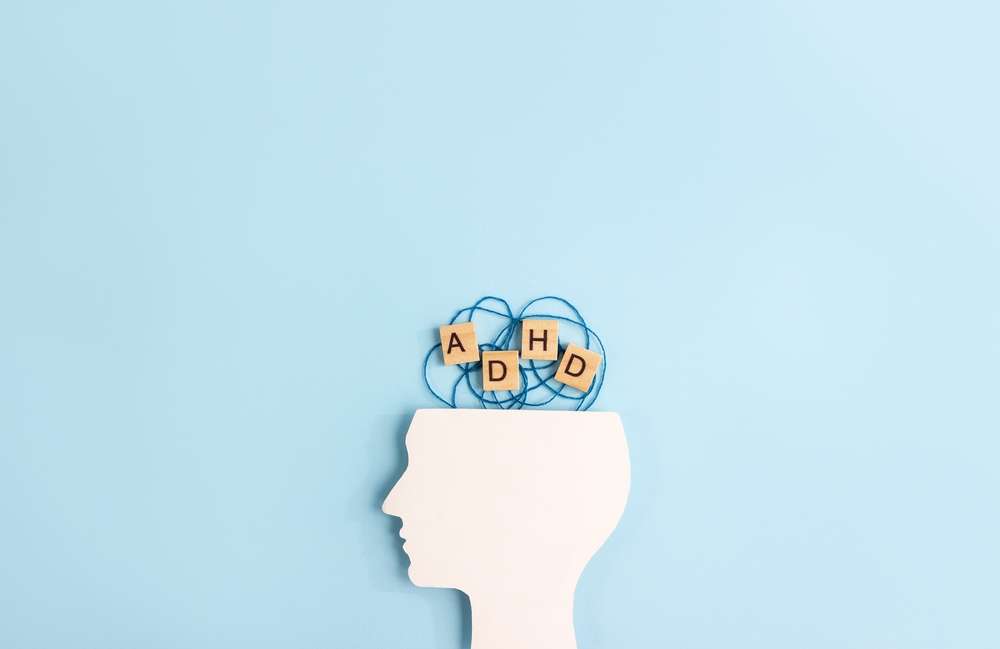Understanding Scoliosis and Its Symptoms
Scoliosis is a condition characterized by an abnormal curvature of the spine, often detected during childhood or adolescence. Recognizing the signs early is crucial for timely intervention and management. Symptoms can vary in severity but typically affect posture and spinal alignment.

Scoliosis is a three-dimensional spinal condition characterized by an abnormal lateral curvature of the spine, often accompanied by rotation of the vertebrae. While many people associate scoliosis with childhood, this condition can develop at any age and affects approximately 2-3% of the population worldwide. The severity, symptoms, and appropriate treatments vary widely depending on multiple factors including age of onset, curve pattern, and underlying causes.
How Scoliosis Presents Differently in Females
Scoliosis demonstrates a notable gender disparity, with females being affected by idiopathic scoliosis (the most common form) approximately eight times more frequently than males. This gender difference becomes particularly pronounced during adolescence, when growth spurts can trigger rapid progression of spinal curvature.
Female patients often experience different curve patterns than males, with thoracic curves (upper back) being more common. Additionally, females face unique considerations regarding scoliosis treatment, particularly concerning pregnancy and bone density. Research indicates that hormonal factors may play a significant role in curve progression, with estrogen potentially influencing the development and severity of curves during adolescent growth periods.
Women with scoliosis may also experience different symptom presentations, including menstrual irregularities, pregnancy complications, and postmenopausal concerns related to bone density and curve progression. These gender-specific factors necessitate specialized approaches to monitoring and treatment throughout a woman’s life stages.
Effective Scoliosis Bracing Options and Approaches
Bracing remains one of the primary non-surgical interventions for scoliosis, particularly for adolescents with curves measuring between 25-40 degrees who are still growing. Modern bracing technology has evolved significantly from earlier rigid designs to provide more comfort while maintaining effectiveness.
The most commonly prescribed brace types include:
- The Boston brace (thoraco-lumbo-sacral orthosis or TLSO): A plastic underarm brace that fits closely to the body and is nearly invisible under clothing
- The Milwaukee brace: Extends from the neck to the pelvis and is typically used for higher thoracic curves
- The Charleston bending brace: Worn only at night and bends the spine in the opposite direction of the curve
- The Providence brace: Another nighttime option that applies lateral and rotational forces during sleep
- The Rigo-Chêneau brace: A corrective orthosis that addresses the three-dimensional aspect of scoliosis
Bracing effectiveness depends significantly on wear time, with research showing that patients who wear their brace for 16+ hours daily achieve the best outcomes in preventing curve progression. Modern monitoring technologies, including temperature sensors embedded in braces, help healthcare providers track compliance and adjust treatment plans accordingly.
Recommended Exercises for Degenerative Scoliosis
Degenerative scoliosis typically develops after age 50 as a result of wear and tear on the spine, often accompanied by osteoarthritis or disc degeneration. Unlike adolescent idiopathic scoliosis, this form develops gradually and is frequently associated with back pain and functional limitations.
Specific exercises can help manage symptoms and potentially slow progression:
-
Core strengthening exercises: Planks, bird-dog, and gentle abdominal work help stabilize the spine by strengthening surrounding muscles.
-
Asymmetric exercises: Customized stretches and movements designed to address specific curve patterns, often prescribed by physical therapists trained in scoliosis-specific approaches like Schroth or SEAS (Scientific Exercise Approach to Scoliosis).
-
Water therapy: Exercising in water provides resistance while reducing pressure on the spine, making it particularly beneficial for older adults with degenerative scoliosis and accompanying pain.
-
Gentle yoga: Modified yoga poses can improve flexibility, posture, and body awareness while strengthening core muscles that support the spine.
-
Walking and low-impact aerobic activities: Regular cardiovascular exercise helps maintain overall fitness and bone density without placing excessive stress on the spine.
Exercise programs should always be tailored to the individual’s specific curve pattern, symptoms, and overall health status, ideally under the guidance of healthcare professionals experienced in treating scoliosis.
Managing Scoliosis in Adults Over 60
Scoliosis in older adults presents unique challenges that differ significantly from adolescent-onset forms. Adults over 60 may experience either progression of previously diagnosed scoliosis or newly developed degenerative scoliosis. Key considerations include:
Pain management becomes a central focus, as older adults with scoliosis frequently experience back pain, leg pain, and neurological symptoms due to spinal stenosis (narrowing of the spinal canal) that often accompanies degenerative curves. Conservative approaches typically begin with non-steroidal anti-inflammatory medications, physical therapy, and potentially epidural steroid injections for nerve-related pain.
Bone health is particularly important, as osteoporosis can accelerate curve progression and complicate treatment options. Regular bone density testing and appropriate calcium, vitamin D supplementation, and bone-strengthening medications may be recommended as preventative measures.
Balance and fall prevention become increasingly important as scoliosis in older adults is associated with postural instability. Physical therapy interventions often focus on improving proprioception (awareness of body position) and developing strategies to maintain stability during daily activities.
Surgical considerations differ significantly from younger populations, with decisions weighing the increased risks of major surgery against potential quality of life improvements. Minimally invasive options may be considered when appropriate, though complex reconstructive procedures are sometimes necessary for severe cases.
Treatment Options and Their Effectiveness
Treatment approaches for scoliosis vary widely depending on multiple factors including curve severity, skeletal maturity, curve location, and underlying causes. A comprehensive approach often involves multiple modalities:
| Treatment Approach | Best Suited For | Expected Outcomes | Average Cost Range |
|---|---|---|---|
| Observation | Curves under 25° or skeletally mature patients with stable curves | Monitoring for progression | $100-300 per visit |
| Physical Therapy (Schroth, SEAS) | All curve types, especially early intervention | Improved posture, reduced pain, potential slowing of progression | $100-200 per session, $2,000-5,000 for comprehensive programs |
| Custom Bracing | Growing adolescents with curves 25-40° | Prevention of curve progression | $2,500-6,000 per brace |
| Vertebral Body Tethering | Selected adolescents with moderate curves and growth remaining | Curve correction while maintaining flexibility | $80,000-120,000 |
| Spinal Fusion Surgery | Progressive curves over 45-50° | Permanent curve stabilization | $100,000-250,000 |
Prices, rates, or cost estimates mentioned in this article are based on the latest available information but may change over time. Independent research is advised before making financial decisions.
Recent advancements in scoliosis treatment have expanded the range of options available between observation and surgery. These include specialized physical therapy approaches, dynamic bracing systems, and growth-modulation surgeries that preserve spinal mobility. The field continues to evolve with growing emphasis on earlier intervention and preservation of spinal function rather than simply preventing progression.
For adults with degenerative scoliosis, treatment focuses primarily on symptom management and quality of life improvement rather than curve correction. This may include pain management strategies, targeted physical therapy, and in some cases, limited surgical interventions designed to address specific symptomatic areas rather than comprehensive spinal reconstruction.
Regardless of age or curve type, a multidisciplinary approach involving orthopedic surgeons, physical therapists, pain specialists, and other healthcare providers typically yields the best outcomes for scoliosis patients across the lifespan.
This article is for informational purposes only and should not be considered medical advice. Please consult a qualified healthcare professional for personalized guidance and treatment.




